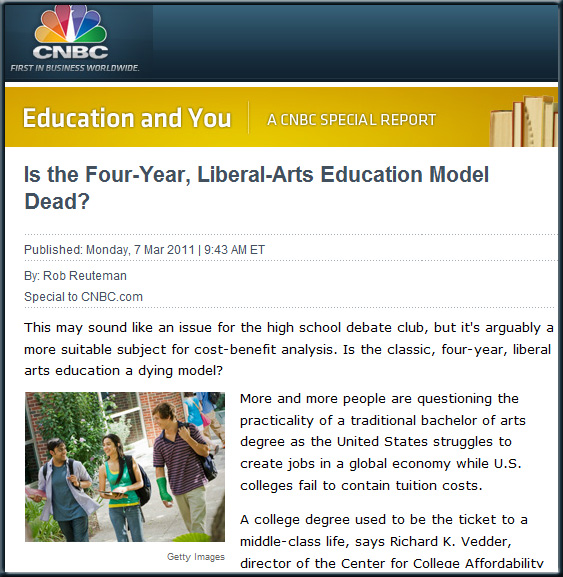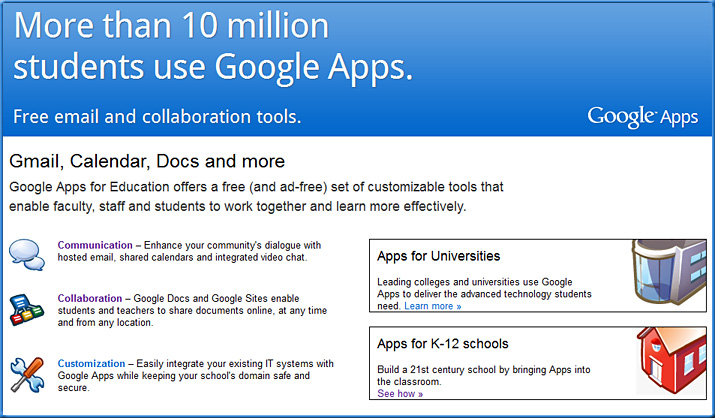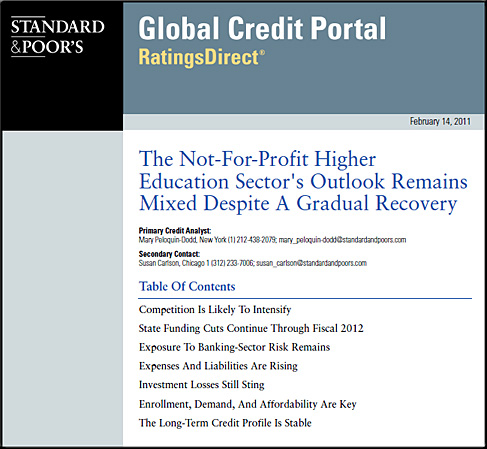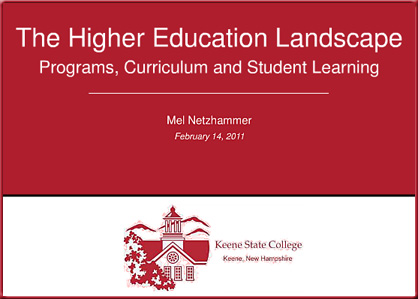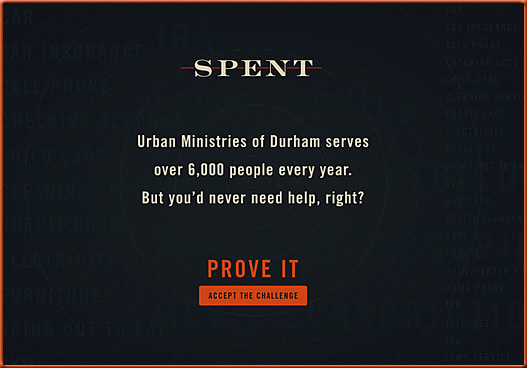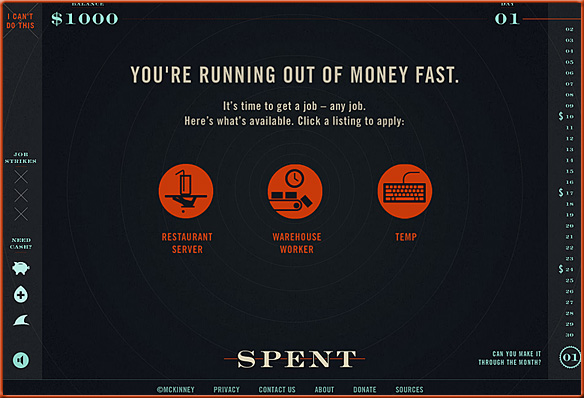Conclusion:
States and the nation as a whole face challenging higher education financing and policy decisions. The pattern during the past three decades includes cyclical downturns in per student funding resulting from economic recessions, followed by recovery and growth. State and local revenue for higher education per student has declined and then recovered, often exceeding previous levels.
The SHEF studies for 2006, 2007, and 2008 indicate a three-year increase in state and local support for public higher education relative to inflation and student demand, following a period of declining public investment in higher education between 2001 and 2005. The three-year recovery abruptly ended when, in 2008, the nation suffered the worst recession since the Great Depression. Past experience and current indicators suggest that state revenue will recover slowly in the next few years. Despite the success of ARRA funding in cushioning the recession’s impact, the continuing fiscal crisis beginning in 2008 clearly poses a severe threat to the strength of higher education in the United States.
Such recurring budgeting cycles can be challenging and discouraging. The resiliency of state support for higher education, however, suggests its importance to our future is widely recognized. But there is no question that the fiscal challenges facing the nation will require both creativity and commitment from policymakers and educators. The data and analysis of this and future SHEF reports are intended to help higher education leaders and state policymakers focus on how discrete, year-to-year decisions fit into broader patterns of change over time, and how each step contributes—or not—to meeting longer-term objectives.










